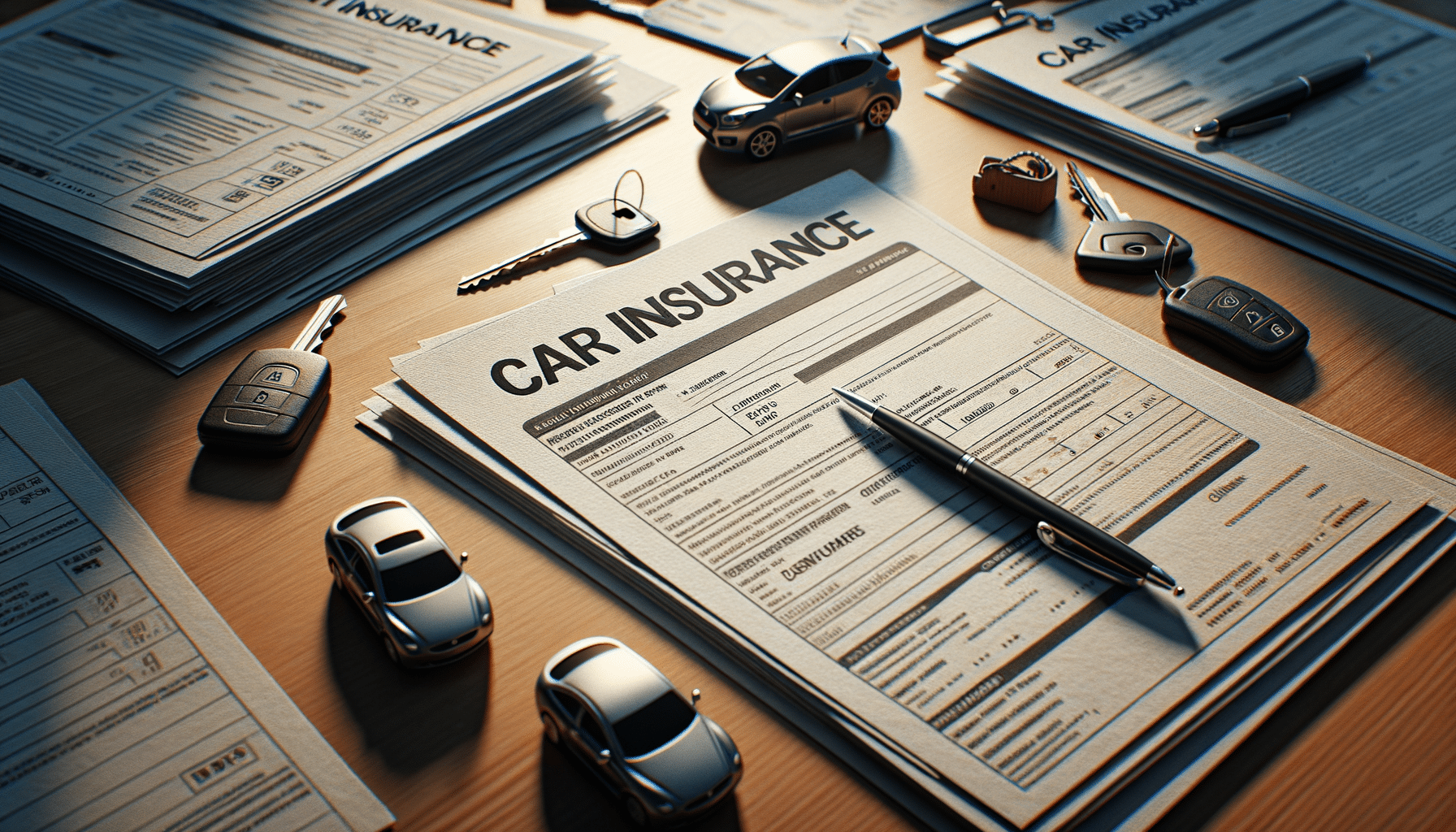
Learn More About Car Insurance
Introduction to Car Insurance
Car insurance is a crucial aspect of vehicle ownership that offers protection against various risks associated with driving. Understanding the nuances of car insurance can help you make informed decisions that safeguard your financial interests. This article delves into the intricacies of car insurance, shedding light on its importance and the factors that influence insurance policies.
Insurance policies are designed to cover potential damages or losses that may occur due to accidents, theft, or natural disasters. The primary purpose of car insurance is to mitigate financial losses and provide peace of mind to vehicle owners. By paying a premium, policyholders can transfer the risk of significant financial burden to the insurance company.
In this article, we will explore different aspects of car insurance, including types of coverage, factors affecting insurance rates, and tips for choosing the right policy. By the end, you’ll have a comprehensive understanding of how car insurance works and how to navigate the complex landscape of insurance options.
Types of Car Insurance Coverage
Car insurance policies offer various types of coverage, each designed to protect against specific risks. Understanding these coverages is essential for selecting a policy that suits your needs. Here are some common types of car insurance coverage:
- Liability Coverage: This is the most basic form of car insurance and is mandatory in most states. It covers the costs of bodily injury and property damage that you may cause to others in an accident.
- Collision Coverage: This type of insurance pays for damage to your vehicle resulting from a collision with another car or object, regardless of who is at fault.
- Comprehensive Coverage: Comprehensive insurance covers non-collision-related damage to your vehicle, such as theft, vandalism, or natural disasters.
- Personal Injury Protection (PIP): PIP covers medical expenses and sometimes lost wages for you and your passengers, regardless of fault in an accident.
- Uninsured/Underinsured Motorist Coverage: This coverage protects you in the event of an accident with a driver who either has no insurance or insufficient coverage.
Choosing the right combination of these coverages depends on your individual needs, budget, and the level of risk you are willing to assume. It’s important to review your options carefully and consult with insurance professionals if needed.
Factors Influencing Car Insurance Rates
Car insurance premiums are determined by a variety of factors, some of which are within your control, while others are not. Understanding these factors can help you make decisions that may lower your insurance costs. Here are some key factors that influence car insurance rates:
- Driving Record: A clean driving record with no accidents or traffic violations can result in lower premiums, as it indicates lower risk to insurers.
- Vehicle Type: The make, model, and age of your car can affect insurance rates. Expensive or high-performance vehicles typically cost more to insure due to higher repair costs and theft risk.
- Location: Where you live plays a significant role in determining your insurance premium. Urban areas with higher traffic and crime rates often have higher premiums.
- Credit Score: Insurers may use credit scores to assess risk. A higher credit score often leads to lower insurance rates, as it suggests financial responsibility.
- Coverage Levels: The amount and type of coverage you choose will directly impact your premium. Higher coverage limits and additional coverages increase the cost.
By understanding these factors, you can make informed decisions about your car insurance policy and potentially reduce your premiums through safe driving, selecting a suitable vehicle, and maintaining a good credit score.
Tips for Choosing the Right Car Insurance Policy
Selecting the right car insurance policy can be a daunting task, given the myriad of options available. However, by considering the following tips, you can make a more informed decision that aligns with your needs and budget:
- Assess Your Coverage Needs: Determine the types and levels of coverage you need based on your personal circumstances, driving habits, and financial situation.
- Compare Quotes: Obtain quotes from multiple insurance providers to compare rates and coverage options. This can help you find a policy that offers the best value for your money.
- Check for Discounts: Many insurers offer discounts for factors such as bundling policies, having a clean driving record, or installing safety devices in your vehicle.
- Read the Fine Print: Carefully review the terms and conditions of the policy to understand what is covered and what is excluded. Pay attention to deductibles, limits, and any additional fees.
- Consult with an Insurance Agent: An experienced insurance agent can provide valuable insights and help you navigate the complexities of car insurance policies.
By following these tips, you can choose a car insurance policy that provides adequate protection without overextending your budget. It’s important to regularly review your policy to ensure it continues to meet your needs over time.
Conclusion: Navigating the World of Car Insurance
Car insurance is a vital component of responsible vehicle ownership, providing financial protection and peace of mind. Understanding the different types of coverage, factors affecting premiums, and tips for selecting the right policy can empower you to make informed decisions that align with your needs and budget.
As you navigate the world of car insurance, remember to assess your personal circumstances, compare quotes, and consult with professionals when needed. By doing so, you can secure a policy that offers the protection you need while managing costs effectively.
Ultimately, the right car insurance policy not only safeguards your financial interests but also ensures that you are prepared for any unforeseen events on the road. Stay informed, stay protected, and drive with confidence.


